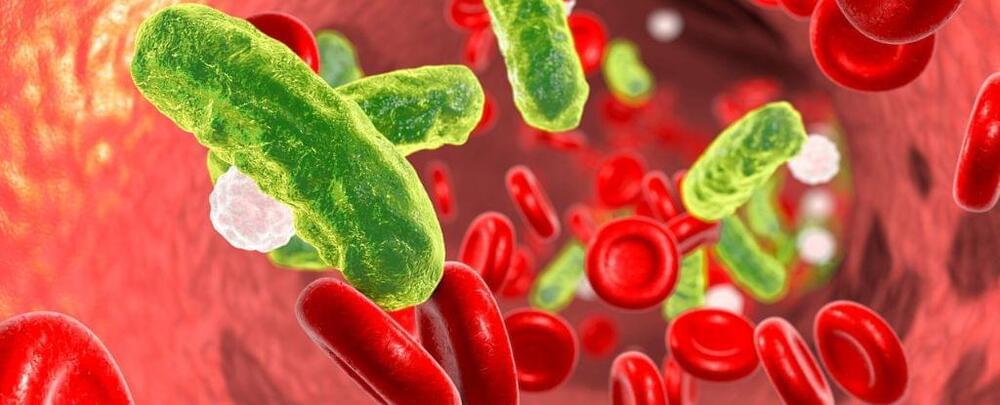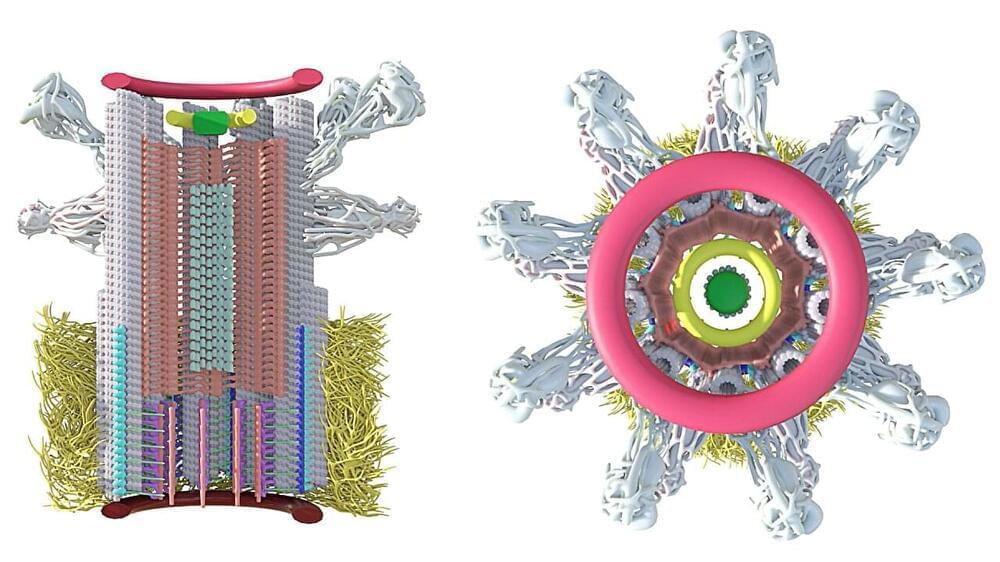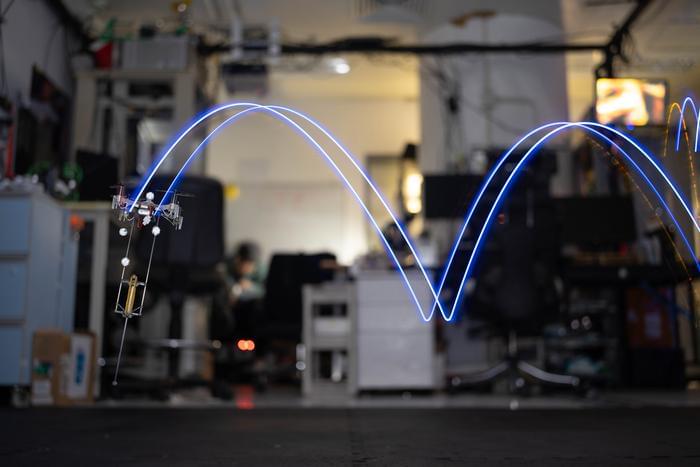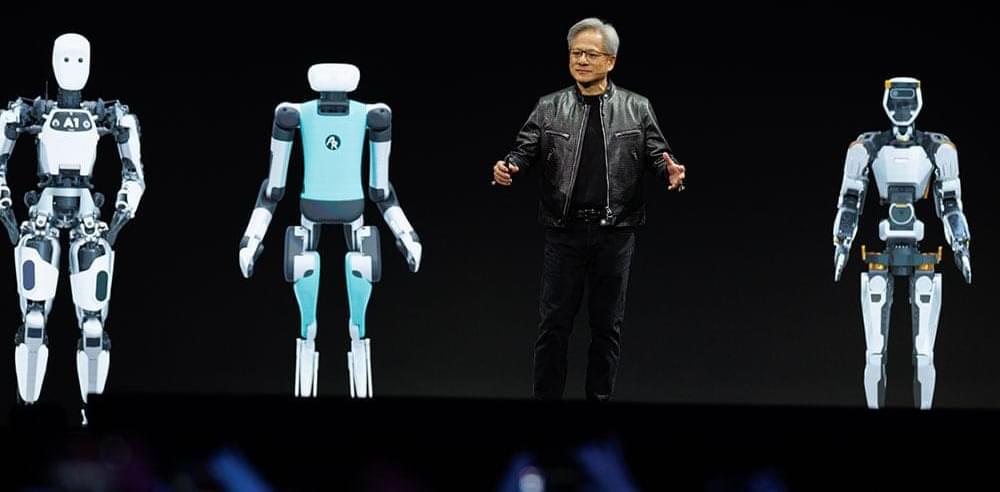COLORADO SPRINGS — Commercial space station developer Vast will use SpaceX’s Starlink constellation to provide broadband connectivity for its Haven-1 station launching next year.
Vast announced April 9 that it will install laser intersatellite link terminals on its Haven-1 station to enable communications with Starlink satellites. The agreement between Vast and SpaceX extends to future space stations Vast plans to develop.
Max Haot, chief executive of Vast, said in an interview during the 39th Space Symposium that his company will use terminals supplied by SpaceX. Gwynne Shotwell, president of SpaceX, announced at the Satellite 2024 conference March 19 that SpaceX would sell laser terminals it developed for Starlink to other customers, a product offering she dubbed “Plug ’n’ Plaser.”







